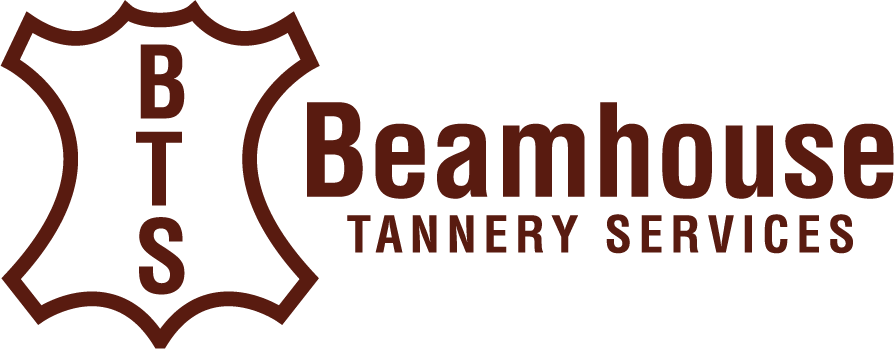Leather tanning is the process of converting raw hides or animal skins into leather. Hides and skins have the ability to absorb tannic acid and other chemical substances that prevent them from decaying, make them resistant to wetting, and keep them supple and durable.
Leather tanning processing equipment is used to assist in the processing of raw hides, from the rough stage up to the half-processed product (wet blue). The actual leather tanning process is a sequence of chemical operations and processing of the rawhide (beamhouse); mainly, soaking for rehydration, liming for unhairing, deliming, bating, degreasing, pickling and tanning. The process is assisted and improved by mechanical operations for size optimisation: specifically: flashing, lime splitting or damp tanned (wet blue) splitting and shaving. Finally a semi processed stable product (wet blue) is obtained; it can be stored and marketed as it is or the process can be extended to the post-tanning phases, retanning, fatliquoring and dyeing operations, to reach a semi-finished product (crust).
The entire leather tanning process is considered here in this article, not just the actual tanning step. “Leather tanning” is a general term for the numerous processing steps involved in converting animal hides or skins into finished leather.
Depending on the type of hide and intent of usage, these are the steps of leather tanning:
1. Beamhouse (Pre-tanning)
Animal hides go through several stages before they are ready for use in making products like belts, wallets, shoes, furniture and clothing. Before even tanning, the raw hides are cleaned of dirt, salt, fat/grease, flesh and hair using liming. The process of preparing the hides for tanning is known as beamhouse operations (wet production).
Depending on the end product required, the stages before tanning may include:
- Soaking
- Liming
- Fleshing
- Unhairing
- Splitting
- Deliming
- Bating
- Pickling
- Degreasing
2. Tanyard – Tanning Process
After preparation comes the tanning stage. In the tanning process tannins are absorbed by the hides and skins in a tanning solution or bath (usually using chromium or vegetable tanning agents). By tanning the skin or hide is irreversibly chemically preserved and converted to the material leather. The hides produced from the processes at this stage from chromium tanning are blue and are therefore known now as “wet-blue” hides.
The stages may include:
- Tanning Process
- Washing
- Sammying
- Sorting
- Splitting
- Shaving
- Trimming
3. Wet-Finishing & Drying
After the tanning process, acids which have penetrated into the leather during tanning are removed during the neutralising stage before further processing. There are various methods to dry the leather in the intermediate steps of the leather production in the tannery.The hides produced from this process are known as “crust”. Crust leather is the term applied to leather, which is dried after tanning but has not yet been dyed or finished.
The stages may include:
- Washing & Neutralisation
- Retanning
- Setting Out
- Vacuum Drying
- Toggling
- Chain Drying
4. Finishing
Finishing determines the appearance of the final surface of the leather and the surface properties. Depending on the required specifications, the surface of the leather has to be treated further to achieve the required finish, look, feel or colour for use.
The stages may include:
- Conditioning
- Staking
- Dry Milling
- Buffing
- Padding
- Roller Coating
- Spraying
- Embossing
- Ironing
- Final Control
- Sorting
- Trimming
- Measuring
Your finished leather is now ready to be used or sold.
